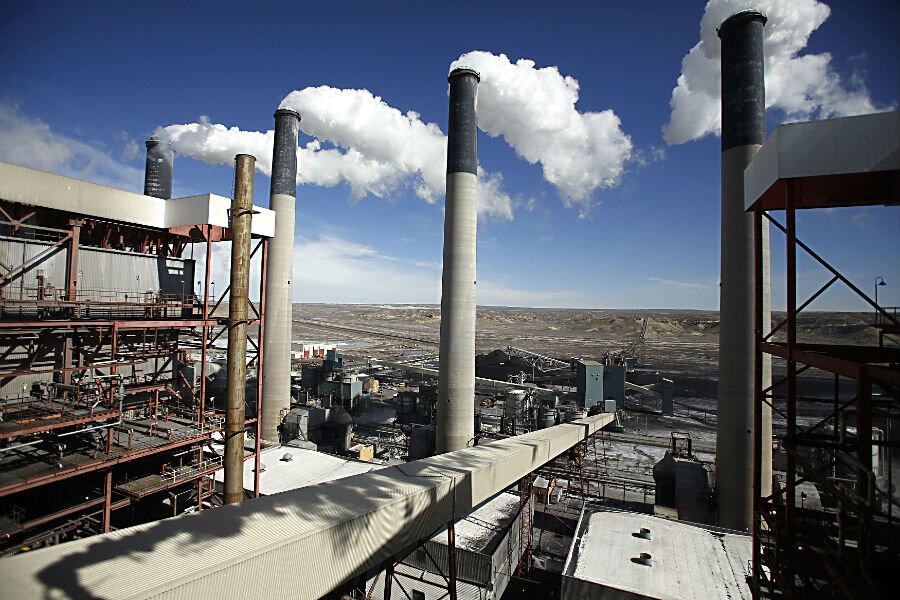What does High Court's emissions regulation freeze really mean?
Loading...
The US Supreme Court announced Tuesday it would temporarily block progress on emissions regulations backed by President Obama while legal issues surrounding the plan are being decided.
The Court, which voted 5 to 4 in favor of the freeze, was divided along ideological lines. Its five conservative justices agreed with the stay, while the four liberal-leaning justices would have denied the delay request, according to the Court’s stay order.
The unusual move comes in response to a challenge filed by 29 states and state agencies opposed to the emissions regulations that were established in October. That Clean Energy Act provides that all states would need to cut their greenhouse gas emissions from existing electric power plants by around one-third by 2030, and would need to submit a proposal for their plan to reduce the emissions to the Environmental Protection Agency by September. States would have to begin complying with the regulations by 2022.
The challenging states, including West Virginia, Oklahoma, Texas, and others dependent on coal, gas, and oil, asked the appellate court debating the energy regulation to put the Obama administration’s plan on hold last month, but were denied. Oral arguments concerning the plan in that court will not begin until June, with a ruling coming later.
The lower court’s decision would likely end up being appealed to the Supreme Court, which could have a chance to rule on the regulation itself, although a final decision may not come until after Mr. Obama’s presidential term ends.
Representatives from the states involved in the court decision praised Tuesday’s outcome as they wait for a final decision on the legality of the energy plan.
“We are thrilled that the Supreme Court realized the rule's immediate impact and froze its implementation, protecting workers and saving countless dollars as our fight against its legality continues,” West Virginia’s Attorney General Patrick Morrisey said, according to the Associated Press.
Proponents of the plan were surprised with the ruling, and expressed concern over the delay in the implementation of rules they say could help curtail climate change and improve Americans’ health.
“A stay that delays all of the rule's deadlines would postpone reductions in greenhouse gas emissions and thus contribute to the problem of global climate change even if the rule is ultimately sustained,” US Solicitor General Donald Verrilli saying in legal filings, as reported by the Associated Press.
In a White House release responding to the stay, Press Secretary Josh Earnest expressed his side’s disapproval of the outcome and hopes that an eventual court ruling would be in favor of the regulations.
“The Clean Power Plan is based on a strong legal and technical foundation, gives States the time and flexibility they need to develop tailored, cost-effective plans to reduce their emissions, and will deliver better air quality, improved public health, clean energy investment and jobs across the country, and major progress in our efforts to confront the risks posed by climate change,” Mr. Earnest said. “We remain confident that we will prevail on the merits.”
Material from the Associated Press was used in this report.







